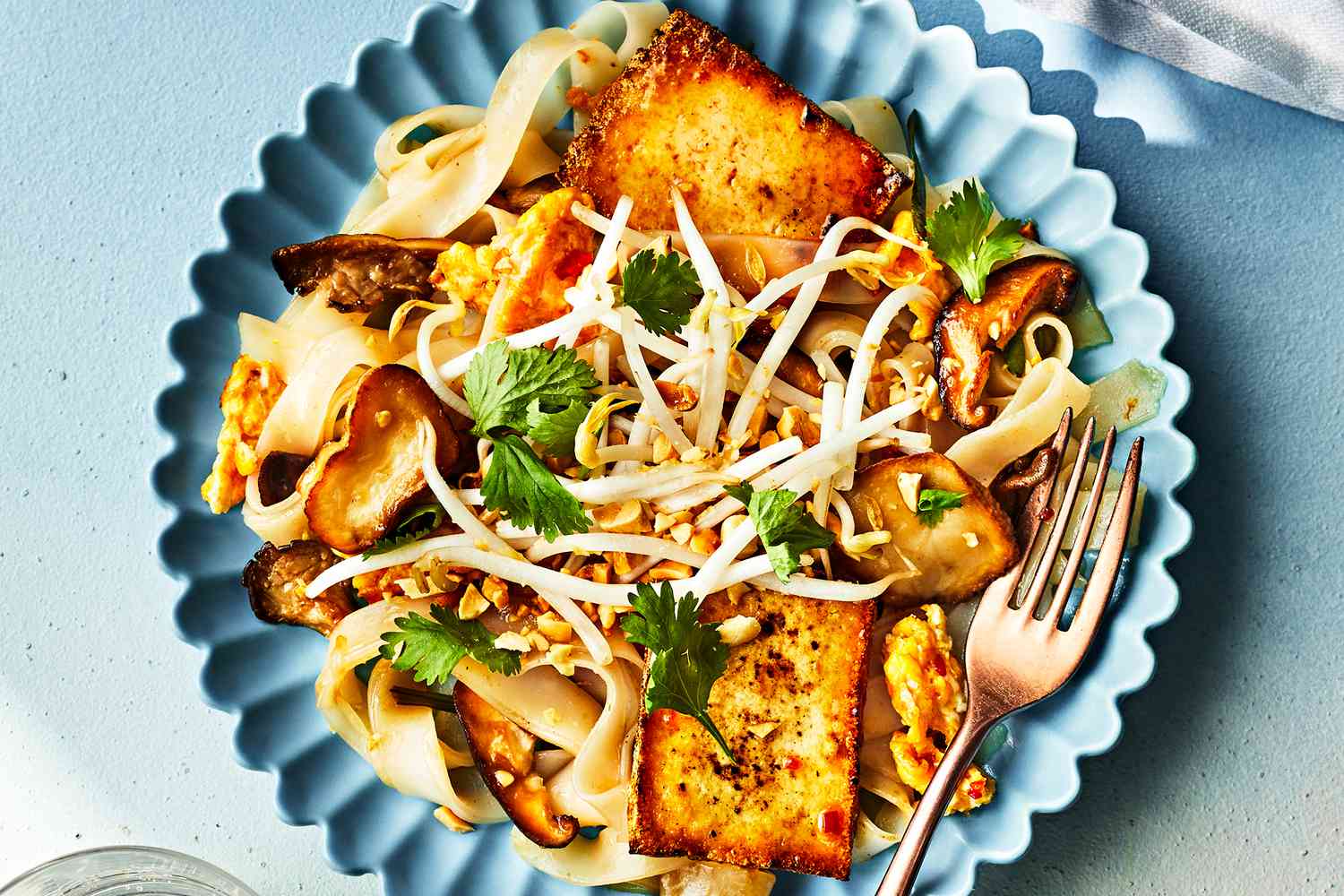If you’re a fan of Pad Thai, you know the joy of indulging in the perfect blend of sweet, salty, and tangy flavors. While takeout versions can be delicious, there’s something special about crafting this iconic Thai dish in your own kitchen. Let’s explore a homemade shrimp Pad Thai recipe that not only rivals but surpasses your favorite takeout joint.
Ingredients for Shrimp Pad Thai
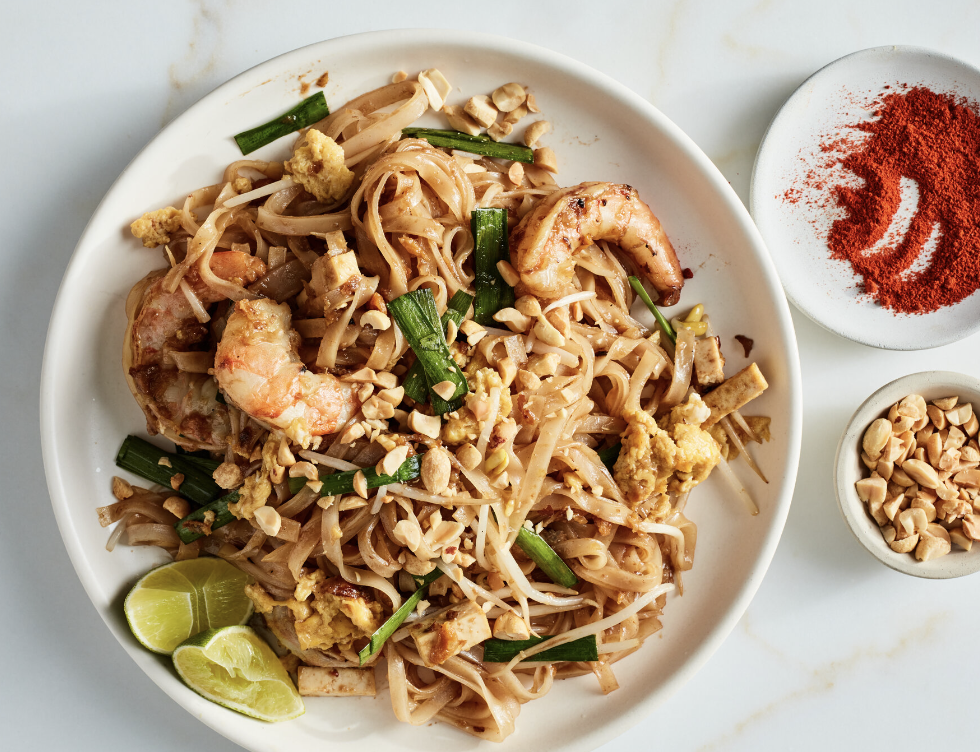
Before diving into the cooking process, let’s gather the essential ingredients:
- Flat Rice Noodles: The foundation of any Pad Thai dish, flat rice noodles provide a chewy texture that complements the other ingredients perfectly.
- Skin-On Peanuts: Toasted to perfection, skin-on peanuts add a delightful crunch and nutty flavor to the dish.
- Tamarind Concentrate: Known for its tangy taste, tamarind concentrate adds acidity and depth to the Pad Thai sauce.
- Asian Fish Sauce: A staple in Thai cuisine, fish sauce lends a savory umami flavor to the dish.
- Palm Sugar: Sweet and caramel-like, palm sugar balances out the acidity of the tamarind and enhances the overall flavor profile.
Now that we have our ingredients ready, let’s dive into the cooking process.
Step-by-Step Guide to Shrimp Pad Thai
Step 1: Prepare the Rice Noodles
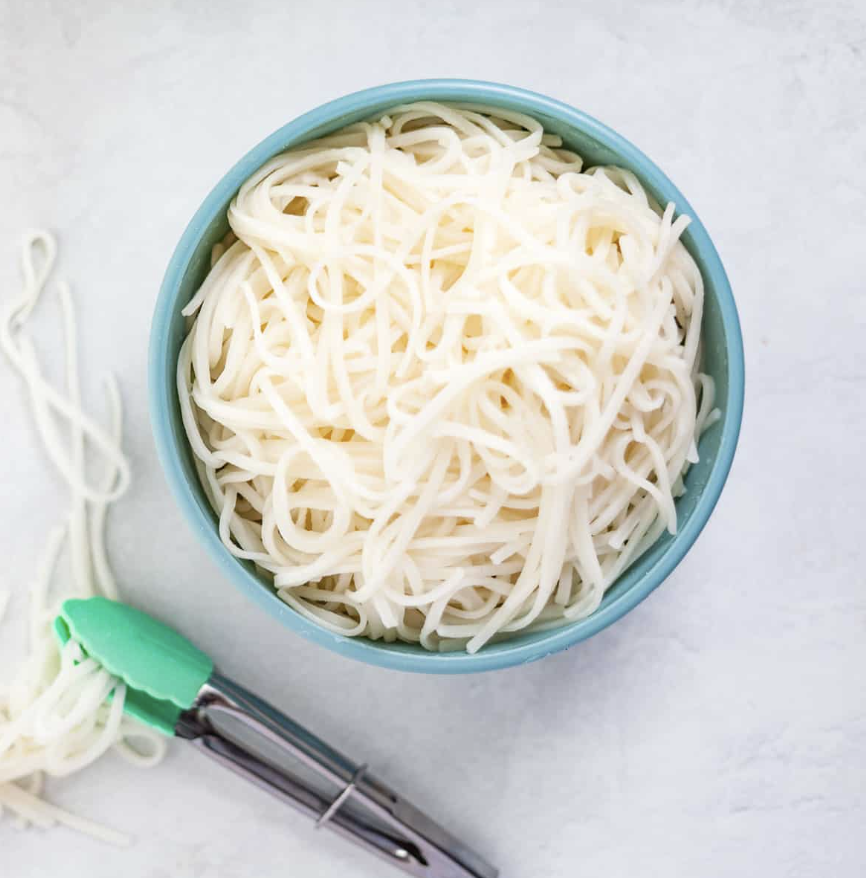
Begin by soaking the flat rice noodles in cold water for approximately 2 hours. This soaking process allows the noodles to soften adequately, ensuring they cook evenly later on. Once softened, drain the noodles and set them aside.
Step 2: Toast the Peanuts

While the noodles are soaking, preheat your oven to 375°F. Spread the skin-on peanuts on a baking sheet and toast them in the oven for about 10 minutes or until fragrant. Once toasted, allow them to cool before coarsely chopping them.
Step 3: Prepare the Pad Thai Sauce

In a medium saucepan, combine the tamarind concentrate, Asian fish sauce, grated palm sugar, distilled white vinegar, shrimp paste in oil, and Thai chile powder. Bring the mixture to a gentle boil, stirring occasionally, until the palm sugar has completely dissolved. Set the sauce aside once ready.
Step 4: Cook the Shrimp
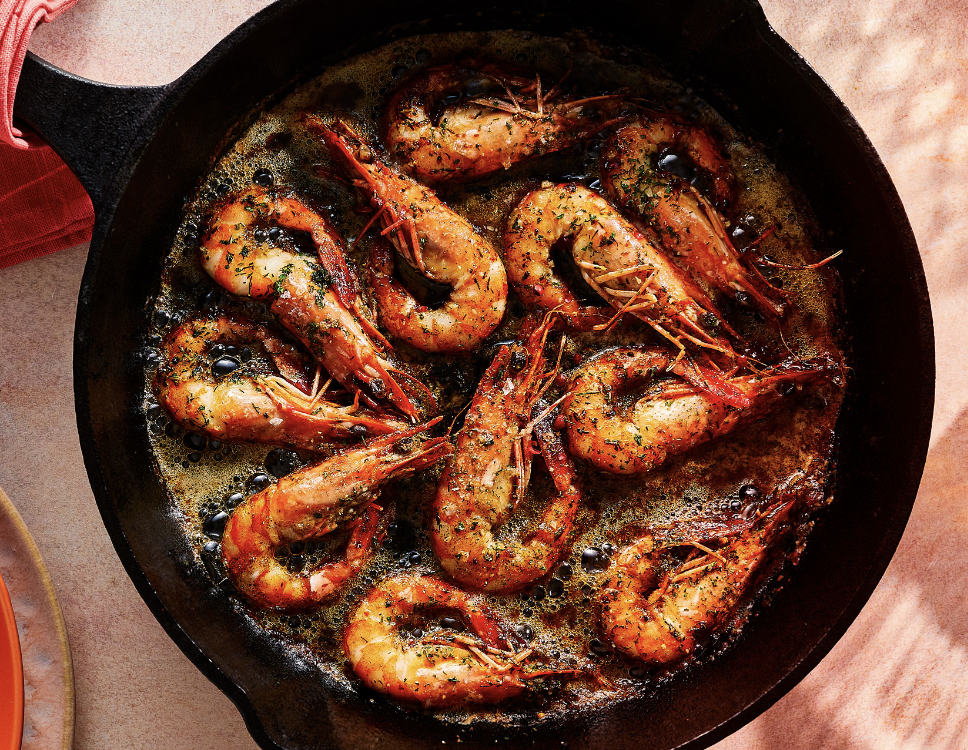
In a large nonstick skillet, heat a tablespoon of canola oil over medium-high heat. Add the dried shrimp and stir-fry for about a minute until fragrant. Transfer the dried shrimp to a paper towel-lined plate to cool. In the same skillet, cook the fresh shrimp over moderate heat until they turn opaque and white throughout, approximately 2 minutes. Transfer the cooked shrimp to a plate and set them aside.
Step 5: Assemble the Pad Thai

In the same skillet used to cook the shrimp, add another tablespoon of canola oil. Add the soaked rice noodles to the skillet, followed by the prepared Pad Thai sauce. Toss the noodles and sauce together until well combined and heated through. Add the cooked shrimp back to the skillet and stir-fry for an additional minute to coat the shrimp evenly in the sauce.
Step 6: Serve and Enjoy
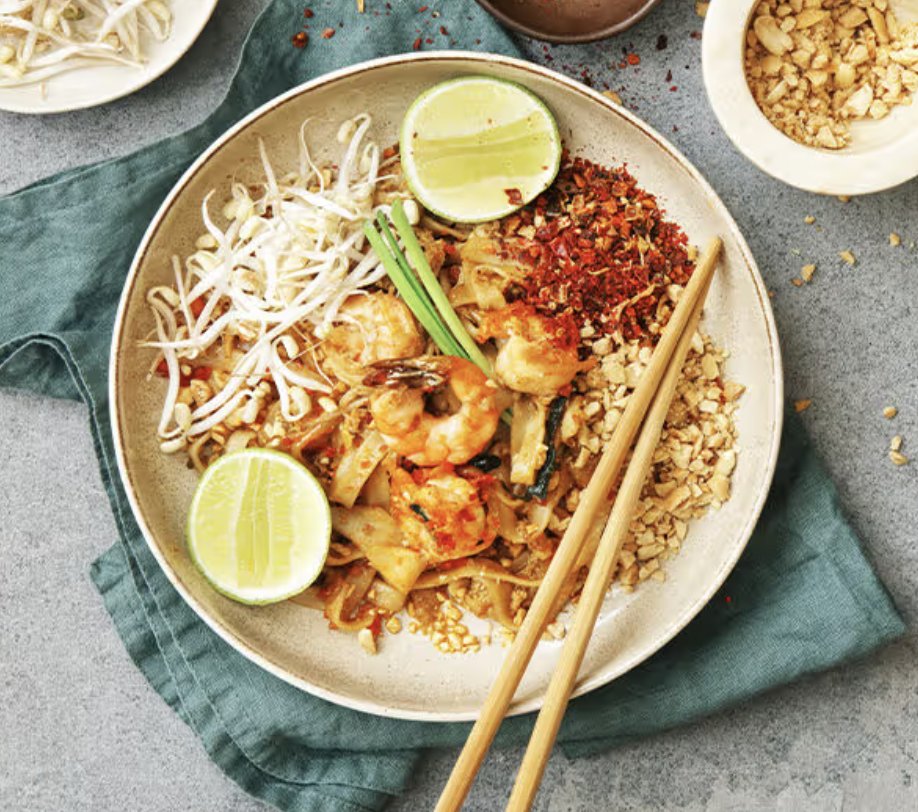
Once everything is heated through and well combined, remove the skillet from the heat. Serve the shrimp Pad Thai hot, garnished with the toasted skin-on peanuts and any additional toppings of your choice, such as bean sprouts, chopped scallions, or a squeeze of fresh lime juice.
Now that you’ve mastered the art of making shrimp Pad Thai at home, you can enjoy the flavors of this iconic Thai dish anytime you crave it. Bon appétit!
Conclusion
Homemade Pad Thai offers a delightful culinary experience that surpasses takeout in both flavor and satisfaction. With fresh ingredients and a few simple steps, you can elevate your home cooking and treat yourself to restaurant-quality Pad Thai whenever the craving strikes.
FAQs (Frequently Asked Questions)
1. Can I use other types of noodles for this recipe?
While flat rice noodles are traditional for Pad Thai, you can experiment with other types of noodles, such as rice stick noodles or even whole wheat noodles, based on your preference.
2. Is shrimp the only protein option for Pad Thai?
No, shrimp is just one option. You can customize your Pad Thai with other proteins like chicken, tofu, or a combination of seafood.
3. Can I make the Pad Thai sauce in advance?
Yes, you can prepare the Pad Thai sauce ahead of time and store it in the refrigerator for up to a week. Just make sure to give it a good stir before using it in your dish.
4. Can I omit the peanuts for a nut-free version?
Absolutely, you can omit the peanuts or substitute them with toasted sesame seeds or crushed crispy fried shallots for added texture and flavor.
5. Can I make a vegetarian version of this recipe?
Yes, you can omit the shrimp and use tofu or a variety of vegetables like bell peppers, carrots, and broccoli to create a delicious vegetarian Pad Thai. Adjust the cooking time accordingly based on your choice of ingredients.


